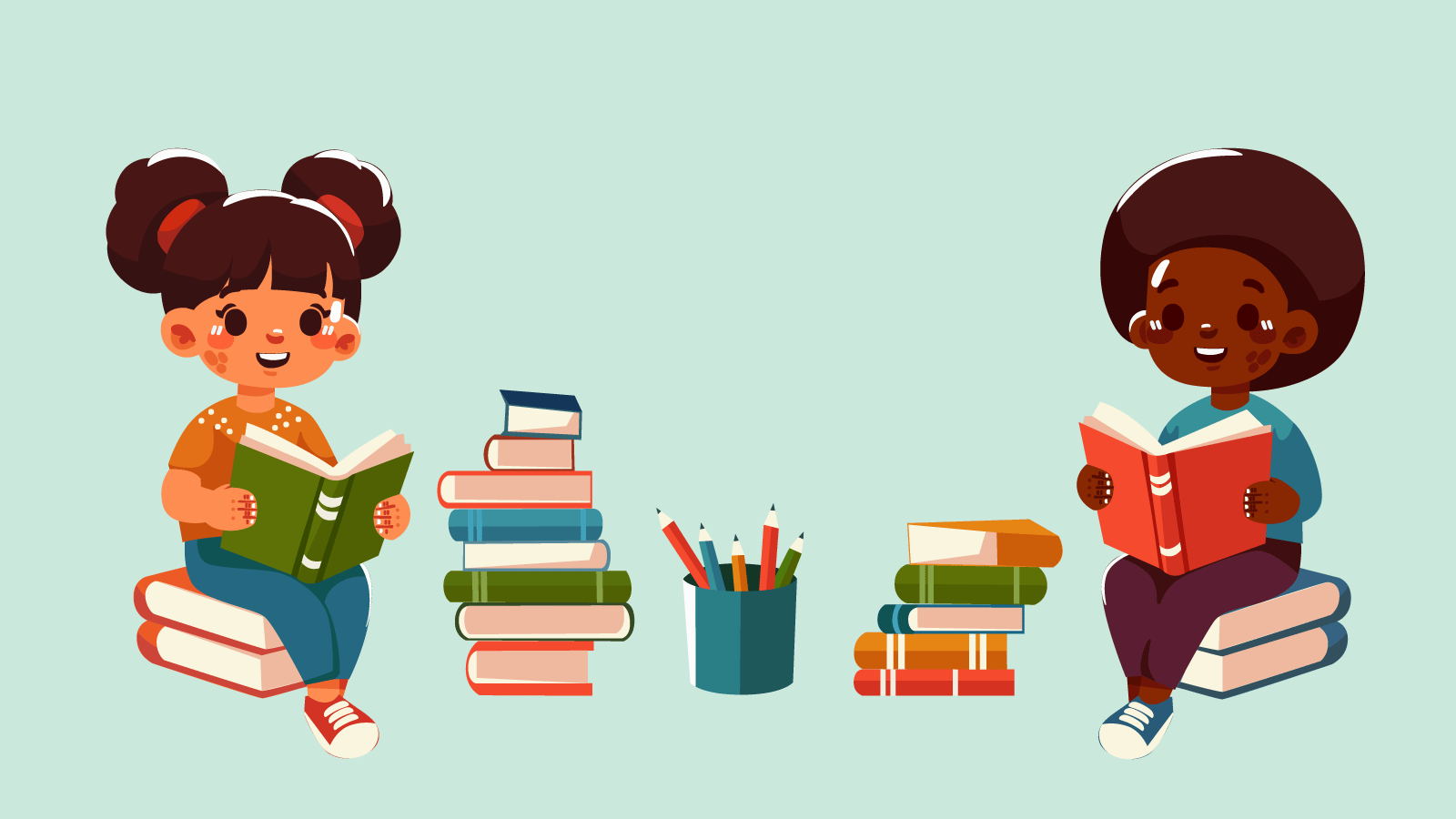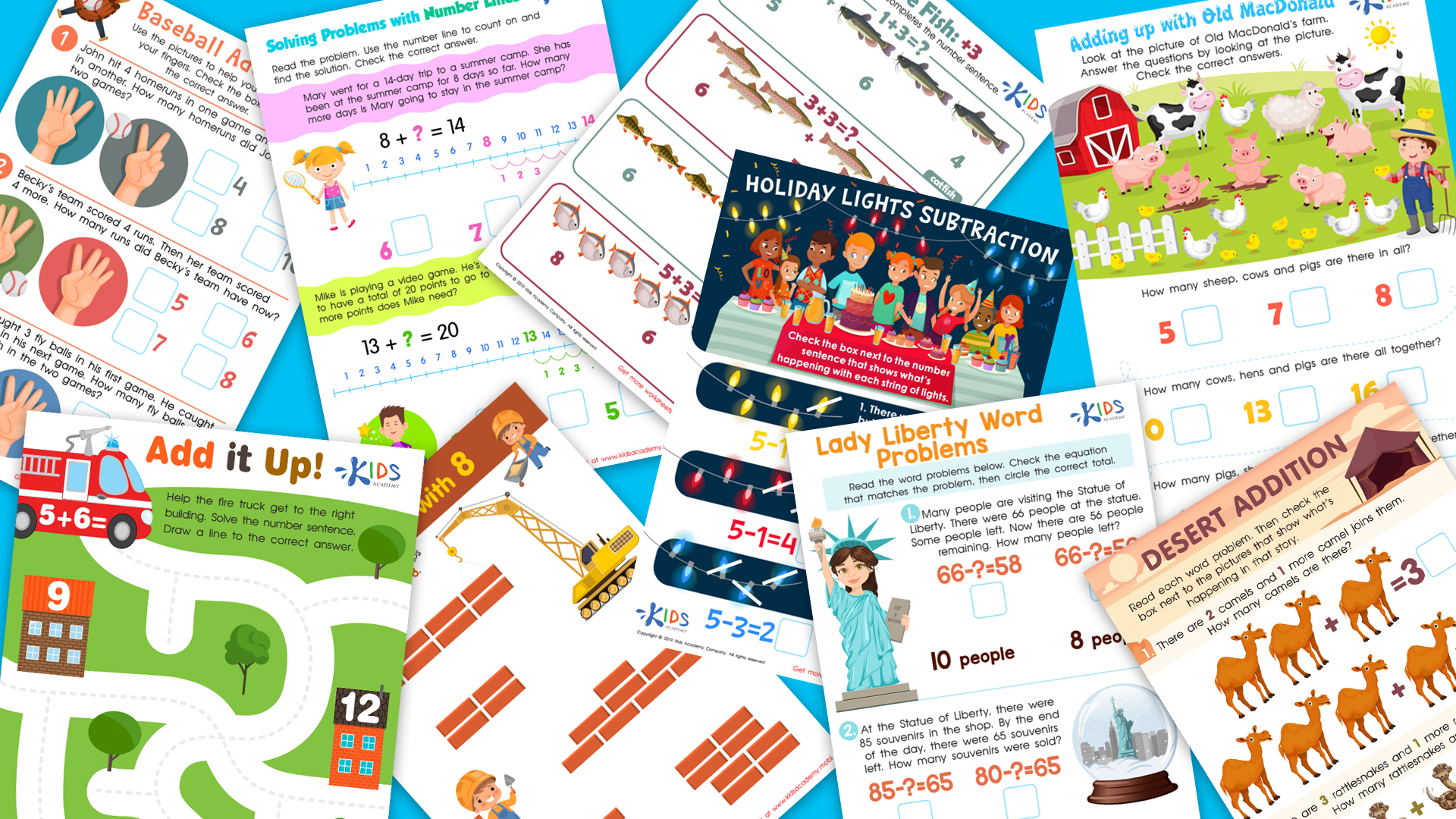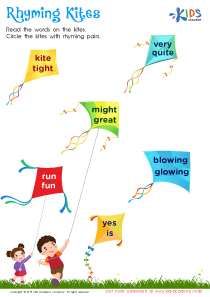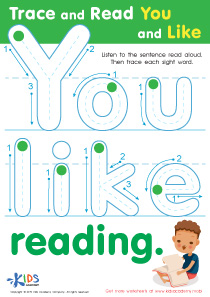Logical Reasoning Normal Grade 1 Reading Comprehension Worksheets
4 filtered results
-
From - To
Discover our range of First Grade Reading Comprehension Worksheets that focus on Logical Reasoning skills! These engaging and educational worksheets are designed to help young readers enhance their understanding and analytical abilities. Through a variety of activities and texts, students learn to deduce, infer, and draw conclusions, laying a strong foundation for critical thinking. Ideal for both classroom and home use, our worksheets are packed with fun exercises that align with core learning standards, promoting literacy and cognitive development in an enjoyable and effective way. Give your first graders the tools they need for success with logical reasoning practice today!
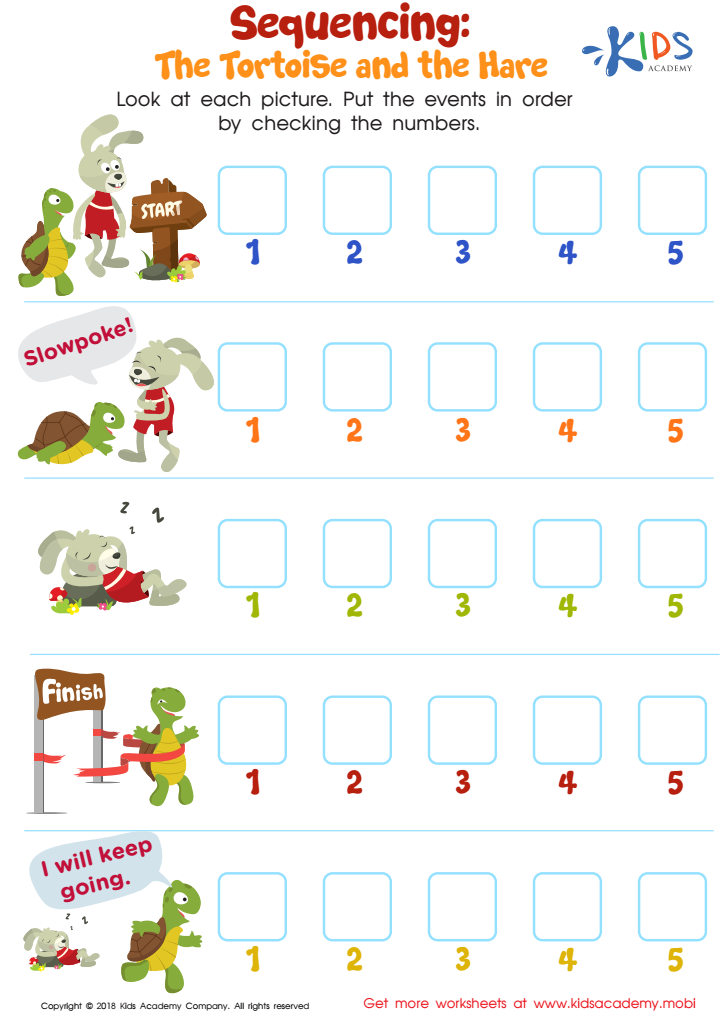

Sequencing: The Tortoise and the Hare Worksheet


True or False: Turtles Worksheet
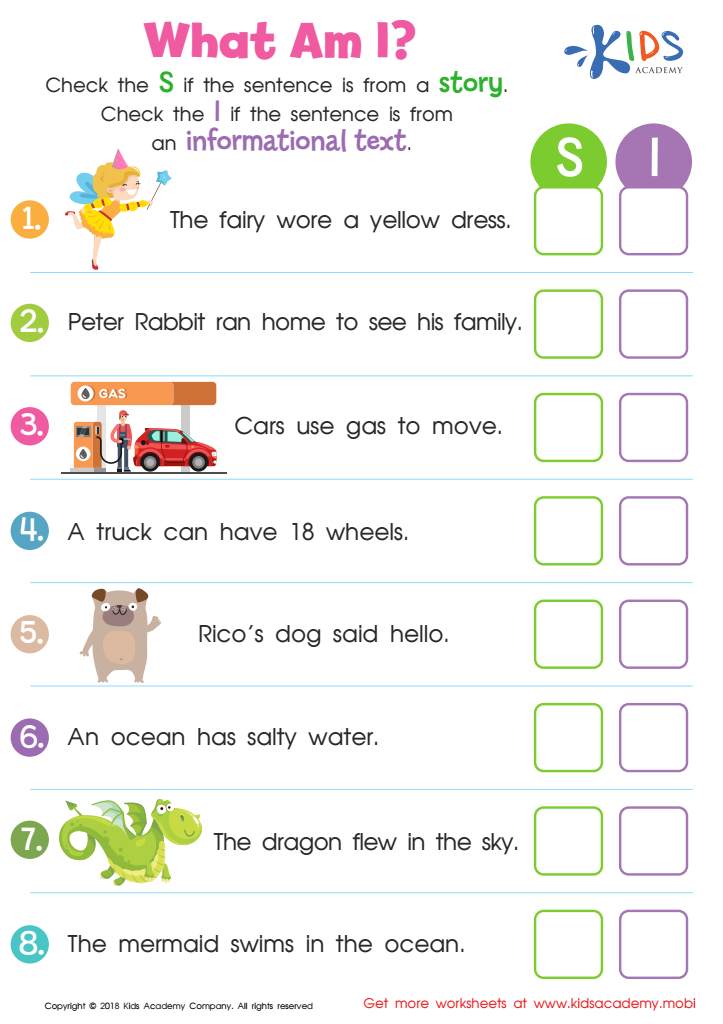

What Am I? Worksheet
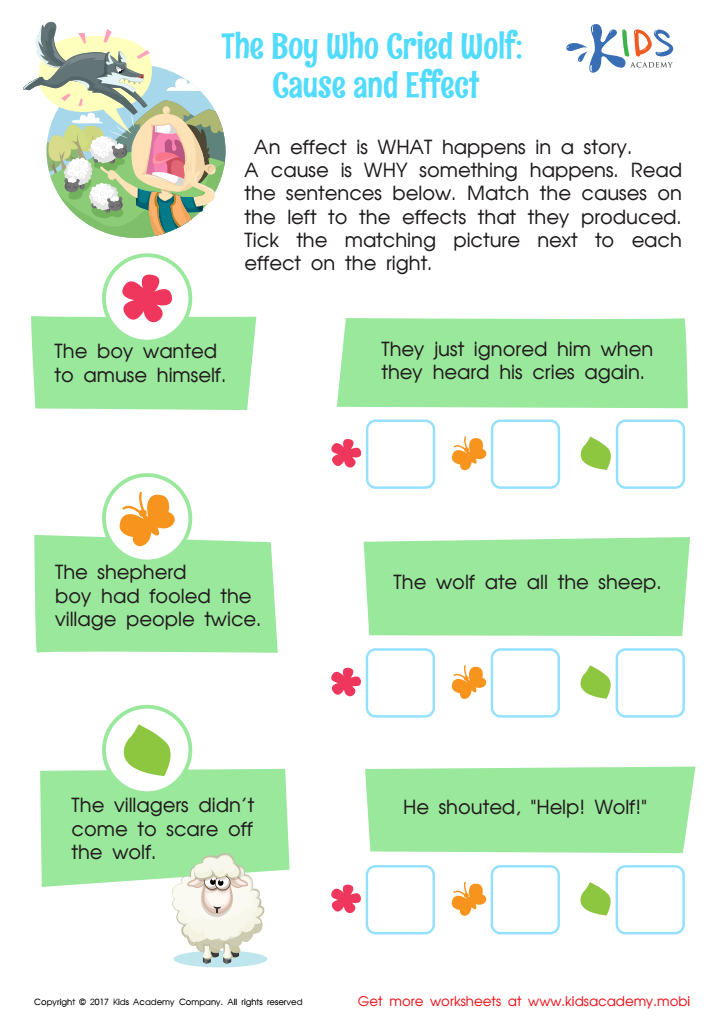

The Boy Who Cried Wolf: Cause and Effect Worksheet
Logical reasoning is an essential part of early education as it forms the basis for problem-solving and critical thinking skills. Parents and teachers should care about fostering logical reasoning in first-grade reading comprehension because it sets the foundation for future learning across all subjects.
Firstly, integrating logical reasoning into reading comprehension helps young learners understand the sequence of events, cause and effect, and makes connections between ideas. This enhances their ability to grasp the storyline, remember details, and draw conclusions, making reading a more enriching experience.
Moreover, logical reasoning encourages children to ask questions, seek answers, and justify their thoughts with evidence from the text. This active engagement with reading material promotes better retention of information and sharpens analytical skills, which are crucial for academic success in later years.
Additionally, fostering these skills in Grade 1 builds a learner's confidence in facing more complex texts and challenging problems as they progress in their education. It supports the development of independent thinkers who can seamlessly transition into various subjects, be it mathematics, science, or social studies.
In essence, caring about logical reasoning in early reading comprehension is investing in a child’s overall intellectual growth, ensuring they become proficient readers, effective problem-solvers, and thoughtful individuals.
 Assign to My Students
Assign to My Students




